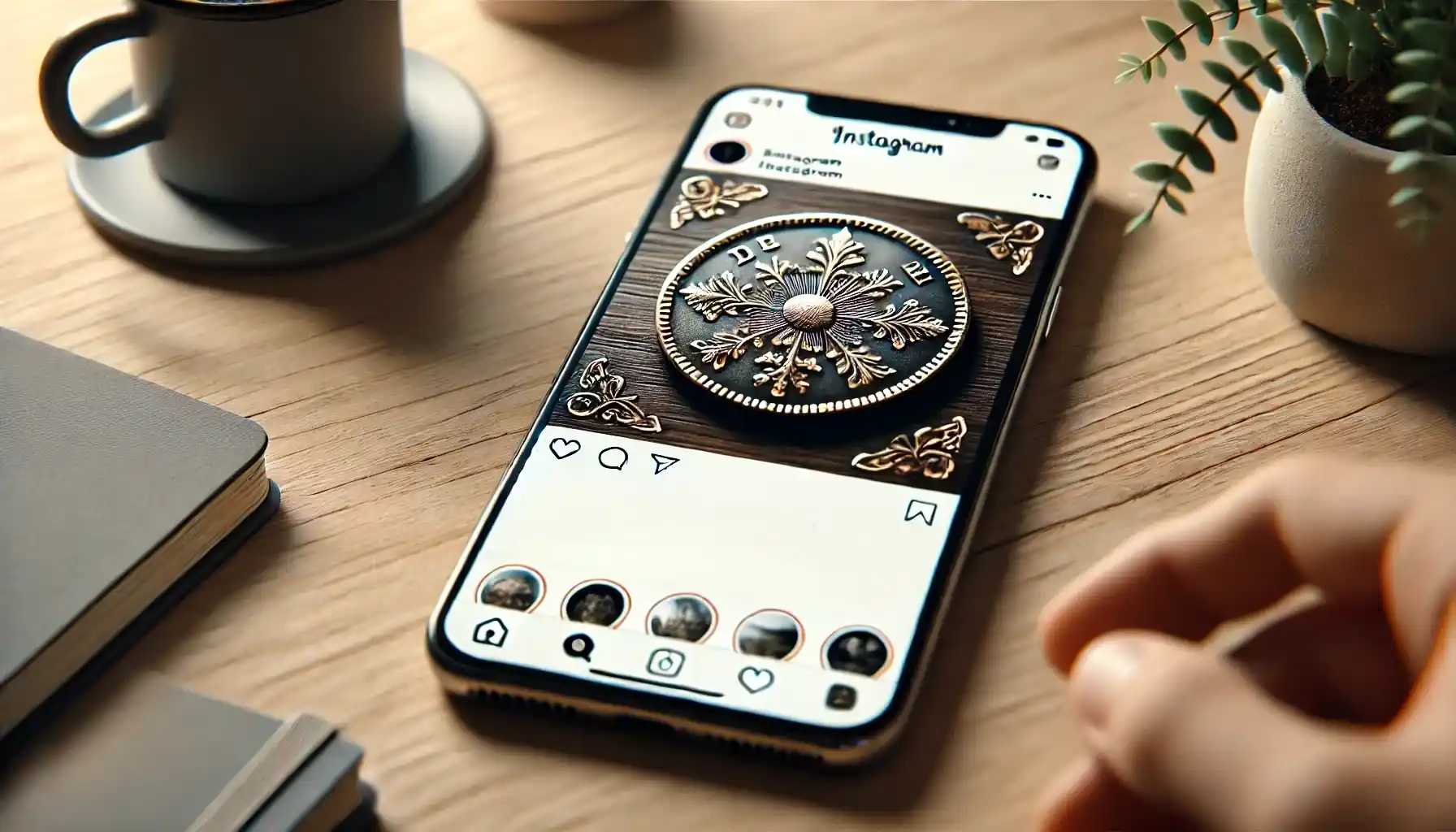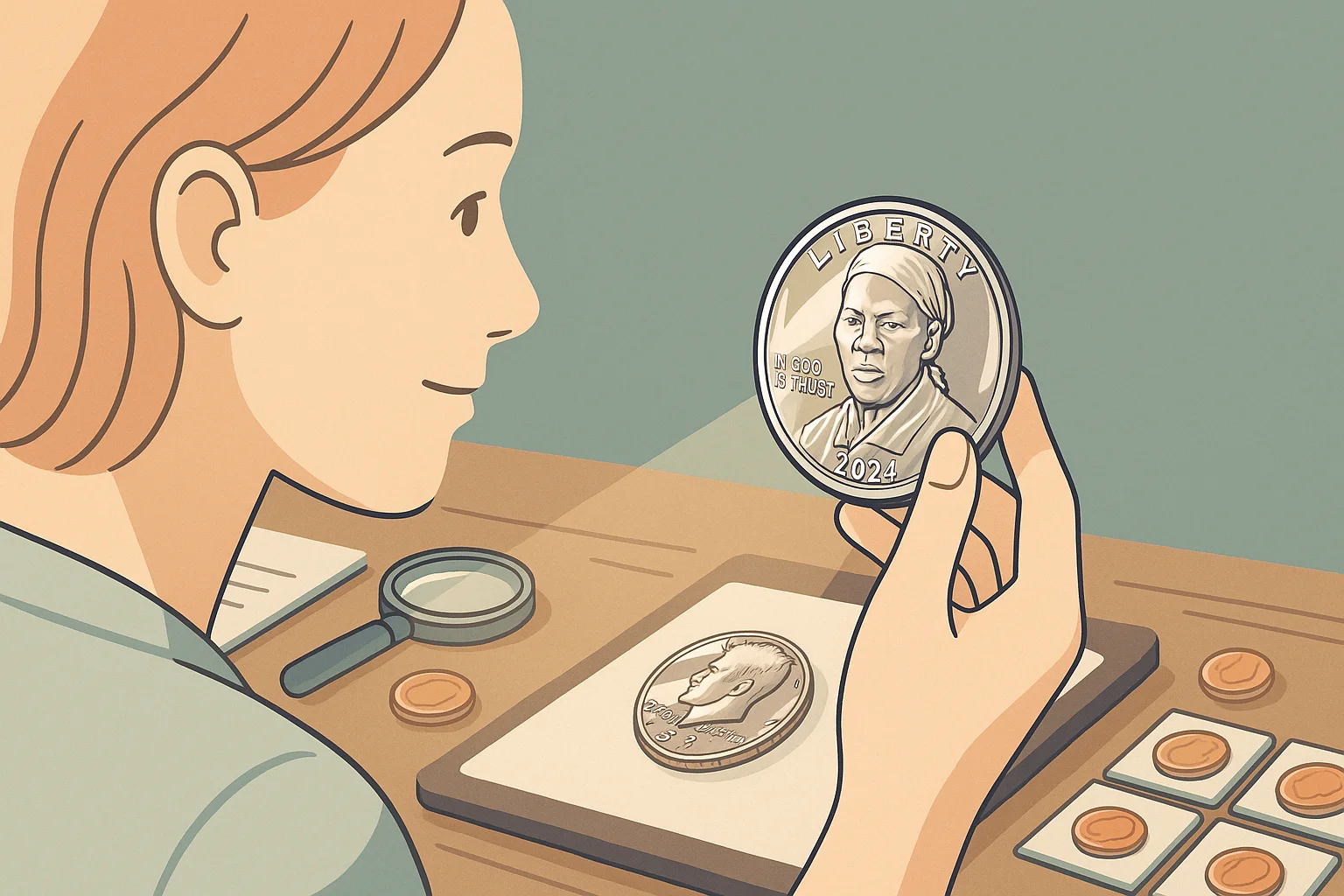Your brand story is of course a set of facts about how and why you started your business but also it is a key tool that helps you stand out from your competitors, build trust with your customers, and create an emotional connection. It is the story that turns a logo on packaging into something more – a symbol that evokes associations and emotions.
Just as an antique coin, such as a rare John Adams dollar coin, can reflect an entire era, your brand story should be a symbol of the values you want to convey to your audience. So now we are going to discuss how to create the kind of story to capture attention and stay in the minds of your customers.

- Define the Root Idea of Your Brand
Every story starts with an idea. Your brand’s root idea is its mission, purpose for existence, and the values that guide your brand. This idea should be clear, understandable and reflect what your brand brings to the world.
For example, if your brand is in the business of eco-friendly products, your message might sound like: “We create products that care about the planet and our children’s future.” If you promote local products, your mission statement might be about supporting local communities.
What do you need to do to formulate a root idea? First of all, ask yourself the questions: “Why did I create this brand?”, ‘“What problem does it solve?”, “What values do I want to convey to my customers?”. Once you have thought about them carefully, translate the answers into one clear statement and make sure that statement can be explained in 30 seconds (“elevator pitch” formula).
Example: If you have created a coffee brand, your idea might be about the history of a rare variety that has grown for centuries. Your mission is to revive this tradition and communicate it to your customers.
Here, it is also very important to use specific details that will attract attention and make your story vivid and memorable. So, for example, if your brand makes jewelry, tell how the idea to create your first collection came to you after finding an antique family brooch that inspired your brand.
- Find Historical Elements to Include in the Concept
To make your story stand out, add elements that have historical or cultural value. Due to these details you will be able to make the brand more memorable and emphasize its uniqueness. These can be artifacts such as old coins, family heirlooms, or even interesting facts related to your product.
Why it works: People are drawn to stories that have depth. For example, brands that utilize historical elements inspire more trust in audiences. According to the Edelman Trust Barometer, brands with a clear story receive 21% more loyalty from consumers.
For example, imagine your brand makes unusual jewelry from coins and the inspiration for your first collection was rare historical coins you found in a family chest. These coins (each of them with a unique history) can become the basis for a collection where each piece of jewelry symbolizes a certain era or important event. For example, one coin might symbolize the Renaissance, another might symbolize the Industrial Revolution, and a third might symbolize ancient sea voyages. And to find out more about the origin and meaning of these coins, use the Coin ID Scanner app. Thanks to the app you can quickly uncover interesting facts that can be added to your brand concept and make it even more engaging and informative.
- Turn Your Story into Visual Content
People remember 80% of visual information and only 20% of textual information. So, you need to turn it into powerful visual content to make your story truly impactful. It can be photos, historical elements such as coins, letters, vintage items; videos (a story about the creation of the product, the company’s history or its values); infographics (a timeline of your brand mentioning key events).
For example, a coffee brand might make a short video about a plantation and tie that into the story of a rare coffee variety.
Lifehacks for Visualization:
- Use professional photos and videos.
- Add warm, emotional colors to visually enhance the connection with your audience.
- Include text explanations to complement visual elements.
Example of a train of thought: Imagine your brand is in the furniture manufacturing business. Visualize history through a photo shoot that captures vintage tools your grandfather used to create furniture in his workshop, photos of his work, and modern furniture made using the same methods and standards. Such content will show continuity, craftsmanship and respect for tradition, while adding visual emphasis on the quality and uniqueness of the products.
- Connect Your Story to Your Audience’s Emotions
For a story to hit a nerve, it needs to be emotional. Customers will associate your brand with the feelings your story evokes.
How to Evoke Emotion:
- Inspiration: Talk about the challenges you overcame to create your product.
- Nostalgia: Connect your story to the past, such as your family’s history or culture.
- Pride: Emphasize the uniqueness of your product and how it can help customers.
For example, it would be a good idea to share with your audience and tell the story of how an old book given to you by your grandfather became a source of inspiration for you. And due to this book, full of notes and reflections, you think about the deep meaning of heritage and the importance of passing on knowledge to the next generation.

- Incorporate the Story into your Marketing Channels
A brand story will only work when it becomes part of your marketing strategy. It has to be presented literally everywhere for it to take hold and bear fruit. And this is where it is important for you to integrate it into different channels of interaction with your audience. Your brand story should be the foundation for your content, but also a constant element that will be present at every customer touchpoint. Use a variety of formats and platforms to communicate with your potential and existing customers in the most effective way. Thanks to this you will be able to create an emotional connection, build trust and increase loyalty to your brand.
Where and How To Use Brand Storytelling
| Channel | Ideas for use | Result |
| Social networks | Posts with photos of artifacts, short videos, inspirational quotes. | Increased engagement and reach. |
| Website | “Our History” page, a blog with stories of significant events and finds. | Increased audience trust. |
| Press releases | Mentions of unique history and historical elements. | Increased media interest. |
| Events | Interactive areas where visitors can see and touch artifacts. | Creating an emotional connection with customers. |
| Packaging | Design that incorporates elements of the brand story (e.g., an image of a coin or artifact). | Increased product recognition. |
| Advertising campaigns | Video focusing on brand history and key symbols. | Emotional engagement of the audience. |
Lifehack: Use storytelling through testimonials. Ask your customers to share their own stories related to your product or brand and show them via your website or social media channels. Use this method to strengthen your connection with current customers and build trust with new ones.
Key to Customer Hearts
Taking an immersive brand story is more than a marketing strategy, it’s an opportunity to create an emotional connection with your customers. Your story is also about how your product reflects your values, traditions, and future. So, tell your story with heart, add elements that will evoke emotion, and remember to integrate it into every aspect of your brand to make your brand truly unique and beloved.




